Distance Learning Module 13 - Panj and Amu Darya River Hydropower and Irrigation
- Data about water in the Panj (Pyanj) and Amu Darya river systems are highly variable from wet to dry years so they must be judged carefully, but some generalizations are possible.
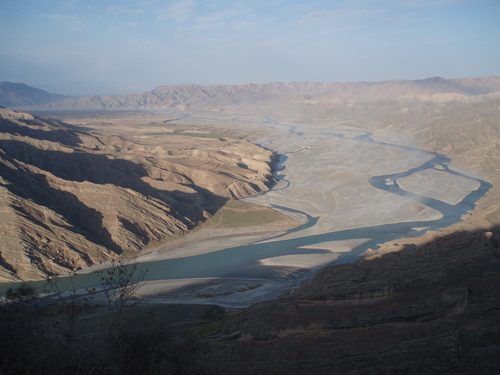
Figure 13.1. Photograph of Panj River as it flows west away and exits the Pamir Mountains, with Afghanistan on left and Tajikistan on the right.
- Recommendations are for Afghanistan and Tajikistan to share many hydrologic activities such as hydrologic data-collection methodologies, hydrologic data, snow-cover monitoring, and glacier monitoring.
- Amu Darya is the largest river in Central Asia, has the second largest flow in Afghanistan (after the Kabul River), and is shared by six nations (Afghanistan, Kazakhstan, Kyrgyzstan, Tajikistan, Turkmenistan, Uzbekistan).
- The Pamir River flows west out of Lake Zorkol in the Afghanistan Wakhan Corridor and joins with the Wakhan Darya to form the Panj River making the border of Badakhashan Afghanistan with Tajikistan.
- About 600 km downstream to the west where the Vakhsh River tributary joins the Panj, the Amu Darya begins.
- The main tributaries from Afghanistan are the Kokcha and Kunduz.
- The total flow of the Amu Darya from all sources is about 79 km3 per year, which in 1960, before so much water was extracted for irrigation, kept the Aral Sea as the world’s fourth largest lake in reasonably good health and level.
- Since then the Aral Sea has progressively declined in level and largely ceased to exist and is now considered beyond saving.
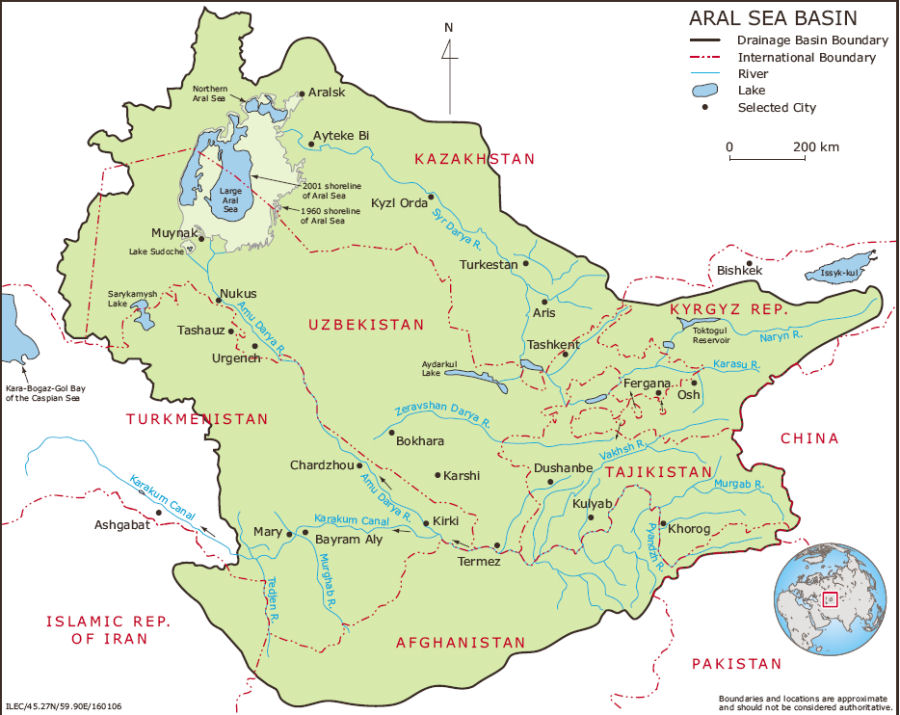
Figure 13.2. The greater Aral Sea Basin with the Syr Darya and Amu Darya sub-basins.
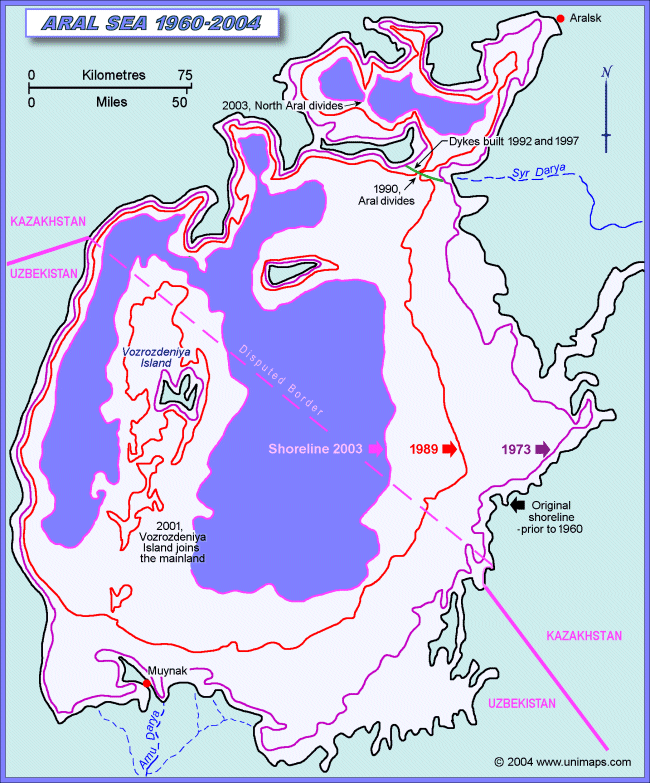
Figure 13.3. Map of decline of Aral Sea.
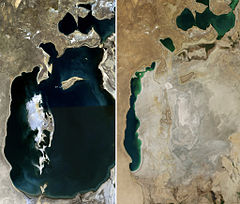
Figure 13.4. Satellite images of Aral Sea decline from 1989 to 2014.
-
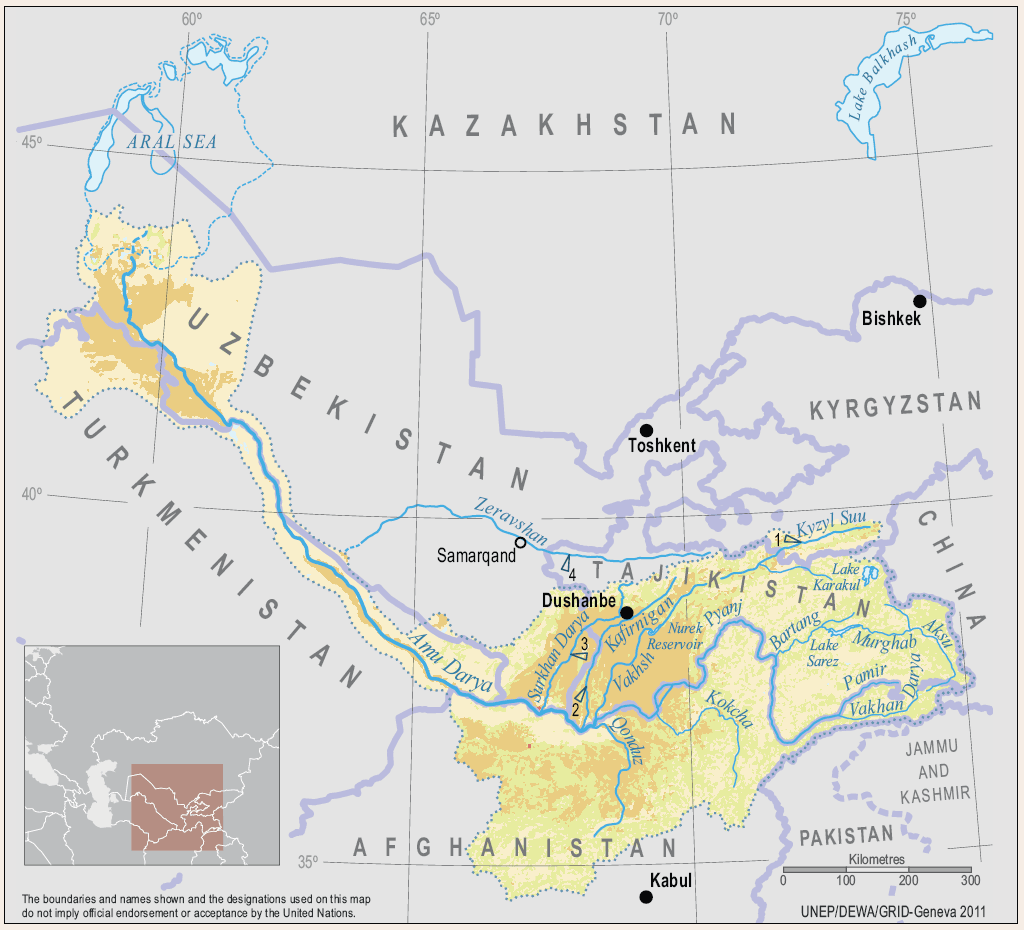
Figure 13.5. Amu Darya basin with tributaries in both Afghanistan and Tajikistan.
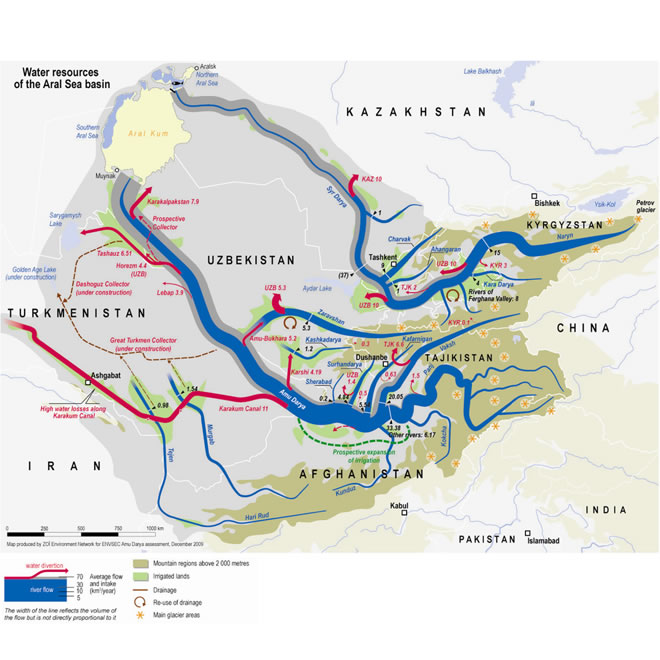
Figure 13.6. Relative water volumes in water.
- Water management of the Panj and Amu Darya in Soviet and post-Soviet times has been an unmitigated disaster for many of the six nations involved, with Afghanistan entirely ignored by the other riparian nations since 1991.
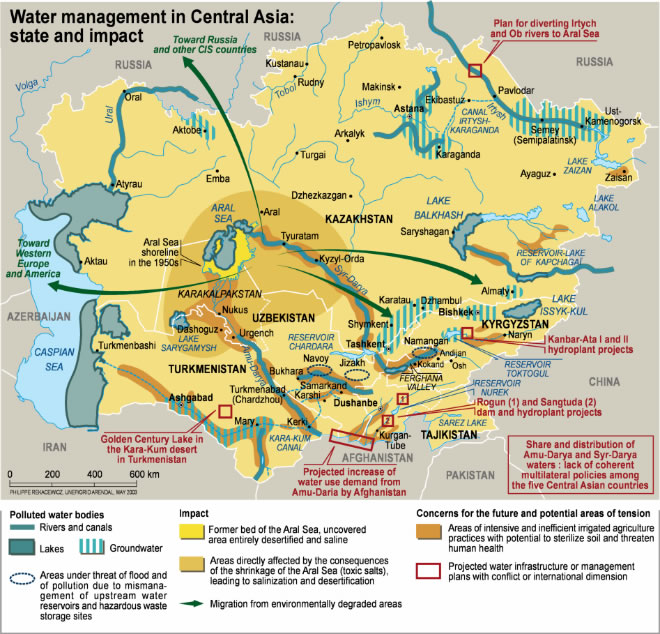
Figure 13.7. Water management in Central Asia, state and impact.
- Average annual flow of Amu Darya from Tajikistan is 49.6 billion cubic meters (bcm or km3) or 66 % of total flow, and from Afghanistan is 17.0 km3, or 23% of total flow.
- In wet years the flow from Afghanistan may be as high as 24 km3, but as little as 14 km3 in drought years.
- In 1946 Afghanistan was originally awarded 9 km3 to use a year from the Amu Darya by agreement with the Soviet Union, which is still a binding agreement, although largely not utilized by Afghanistan.
- In 1977 Afghanistan asked the Soviet Union for its 9 km3 but only 6 km3 was agreed to by the USSR at that time.
- In 1987 Amu Darya Agreement Protocol 566 allotted 61.5 km3 of Amu Darya water to Tajikistan, Uzbekistan, Turkmenistan and Kazakhstan, with Afghanistan noted to be using only 2.1 km3 at the time, and was not consulted further on any usage.
- At present the water withdrawals from the Amu Darya amount to:
– Uzbekistan 26 – 40 km3
– Turkmenistan 23 – 28 km3
– Tajikistan 7.5 – 8.5 km3
– Afghanistan 5 km3
– Kyrgyzstan 0.1 – 0.5 km3
- Afghanistan has plans to produce about 8 dams on its Kokcha and Kunduz tributaries to the Panj and Amu Darya, and to utilize far more of its water for hydropower generation and irrigation.
- Afghanistan and Tajikistan together plan 10 dams on the Panj River between them.
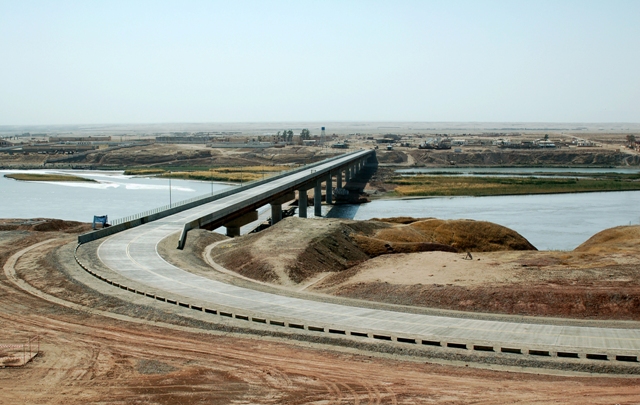
Figure 13.8. New bridge across the Panj River between Afghanistan and Tajikistan.
- A major problem of the Panj and Amu Darya is bank erosion that has caused the river to advance south and destroy much land in Afghanistan, which requires armoring of the banks with scrap metal or rock riprap, which Afghanistan cannot generally afford to do.
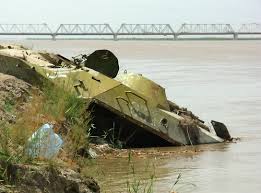
Figure 13.9. Friendship Bridge across Amu Darya between Afghanistan and Uzbekistan showing attempted bank armoring using discarded Soviet military armor on the Afghanistan side.